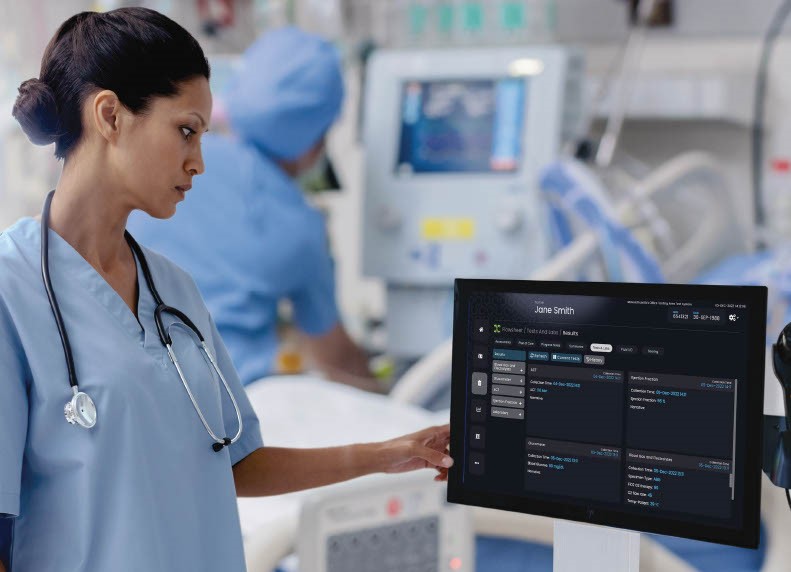Intensive Care Units (ICUs) are the frontline battlegrounds where medical professionals fight to save lives. As technology evolves, so do the challenges and opportunities in critical care. In this article, we explore the current landscape of ICUs, envision a “Smart ICU” for the digital age, and introduce an innovative solution: The Clinician Assistant in Critical Care.
1. Challenges Facing Intensive Care Units Today
The modern ICU grapples with multifaceted challenges, from patient complexity to resource allocation. These hurdles shape the urgency for transformative solutions:
- Patient complexity: ICUs encounter a diverse range of patients with varying medical conditions, comorbidities, and treatment needs. Managing this heterogeneity requires specialized care and close monitoring.
- Resource allocation: Balancing limited resources such as ventilators, medications, and skilled staff is an ongoing challenge. Hospitals must prioritize critical cases while ensuring equitable access to care.
- Staffing shortages: The demand for ICU services often exceeds the available workforce. Staffing shortages impact patient care quality and contribute to burnout among healthcare professionals.
- Integration of smart technology and AI in ICU care: Navigating the terrain of data security, ethical dilemmas, potential biases ingrained in AI algorithms, and the delicate balance between technology and human expertise are crucial aspects demanding attention.
2. How Does Smart Technology Benefit ICU care?
Smart technology offers a multitude of benefits to ICU care, revolutionizing traditional practices and enhancing patient outcomes. Here are some key advantages:
- Continuous Monitoring: Smart ICUs employ real-time monitoring systems that track vital signs, lab results, and patient status. Alerts notify clinicians of any deviations, allowing early intervention.
- Predictive Analytics: Machine learning algorithms analyze patient data to predict deteriorations, sepsis, or other complications. These insights empower proactive decision-making.
- Tele-ICU: Remote intensivists collaborate with on-site teams via secure audio-video links. Tele-ICU bridges geographical gaps, provides expert guidance, and optimizes resource utilization.
- Automated Documentation: Smart ICUs reduce paperwork by automating data entry. Clinicians focus on patient care, while EMR systems seamlessly capture information.
3. Why DocBox’s Clinician Assistant in Critical Care platform?
Our Clinician Assistant in Critical Care (CACC) platform is the only critical-care vendor-neutral platform worldwide. We offer cutting-edge technology that helps reduce manual data entry errors, simplifies operations, and makes your ICU more efficient.

With DocBox CACC platform, your organization can:
- Integrates data from medical devices, EMRs, and other information systems seamlessly via an interoperability engine to break down data silos
- Automated documentation and data collection from devices reduces manual clinician workload significantly. In one example, nursing documentation time fell by 70% with the platform.
- Virtual care – Allows remote monitoring of patients in different units/locations to optimize physician staffing and resources. Provides capability for telemedicine consults as well.
- Real-time data analytics at the point of care via the flowsheet, trends and other applications allows faster clinical decision making leading to better patient outcomes.
- Flexible and customizable platform that can scale up and down based on unit/organization needs through the integrated clinical environment architecture.
- Robust cybersecurity protections for connected devices and patient data exceeding industry standards. Medical devices isolated from hospital networks provide an extra layer of security.
In the ever-evolving landscape of intensive care, embracing technology and innovative solutions like the Clinician Assistant in Critical Care will shape the future of critical care delivery. Let’s advance intensive care together, navigating challenges and seizing opportunities for better patient outcomes.









